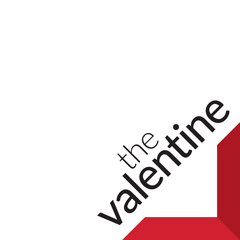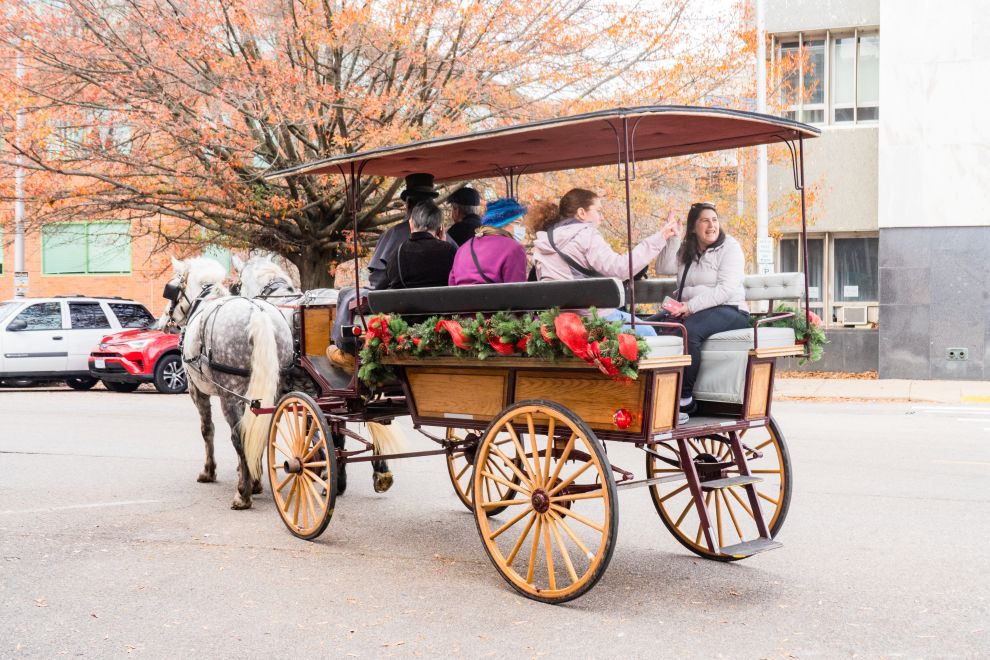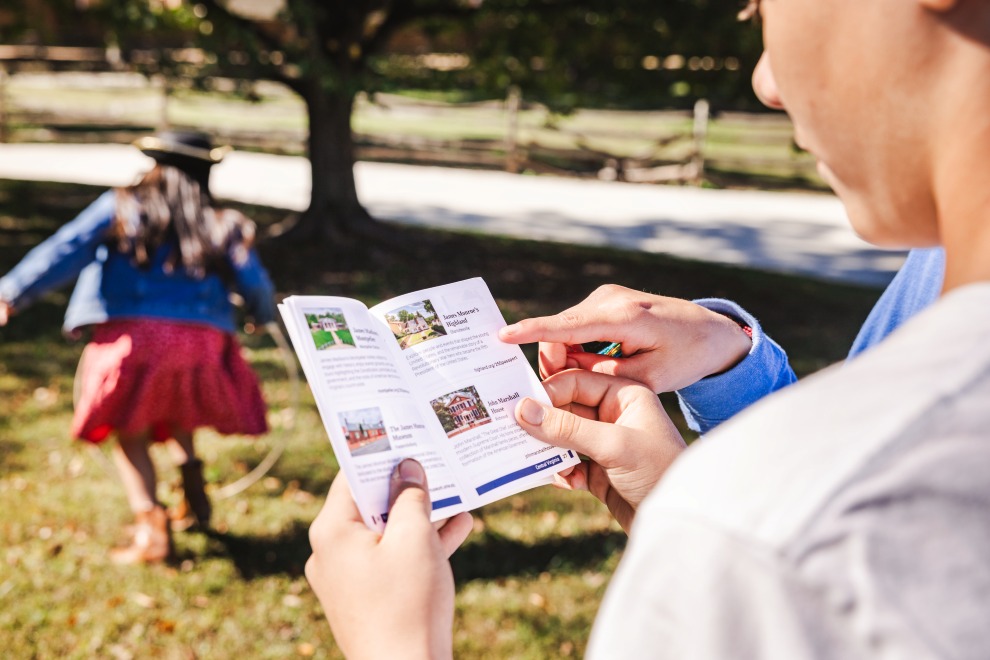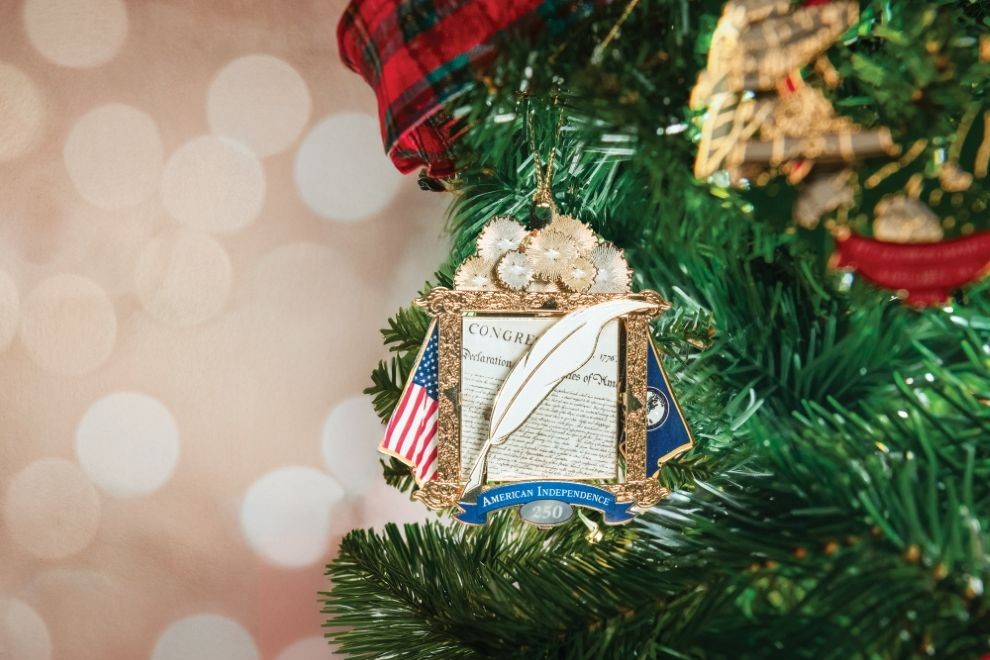For nearly twenty years, a giant party overtook Richmond each June. Founded in 1976 to celebrate the arts, the June Jubilee was coordinated by the Arts Council of Richmond and the City of Richmond, with main funding from the National Endowment for the Arts and the Virginia Commission for the Arts and Humanities.
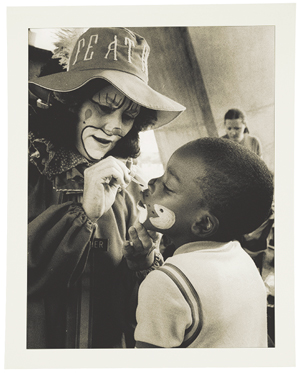 Along downtown’s Sixth Street, empty storefronts were transformed into art displays and performances played on various stages in the area around the Richmond Coliseum. In its first year, the 2-day festival drew 100,000 visitors. As the city’s enthusiasm grew, so did the festival’s scope. In the next few years, numerous events were staged all over the city from Byrd Park to the James River to Church Hill. Craft bazaars, neighborhood block parties, talent shows, costume balls, historical reenactments, dance parties, and competitions celebrated arts ranging from painting, poetry, and singing, to ice sculpting, macramé, and break dancing.
Along downtown’s Sixth Street, empty storefronts were transformed into art displays and performances played on various stages in the area around the Richmond Coliseum. In its first year, the 2-day festival drew 100,000 visitors. As the city’s enthusiasm grew, so did the festival’s scope. In the next few years, numerous events were staged all over the city from Byrd Park to the James River to Church Hill. Craft bazaars, neighborhood block parties, talent shows, costume balls, historical reenactments, dance parties, and competitions celebrated arts ranging from painting, poetry, and singing, to ice sculpting, macramé, and break dancing.
Parades commandeered the streets, fireworks blazed, and the riverbanks seethed with music fans. By 1979, festivities stretched over five days with 200,000 attendees. In 1980, however, the sponsors decided that a 3-day festival would be more manageable.
But complaints of commercialism grew, as did the physical range of talent. Nationally recognized artists from afar, such as the band War, became main draws. Efforts to refocus on local artists weren’t very successful and in February 1995, the Arts Council abruptly ended its sponsorship, claiming that the event no longer aligned with their goals. In response, citizens rallied just in time to save the 1995 incarnation. Downtown Presents, The Valentine, the Elegba Folklore Society, and other institutions stepped up to host a smaller, family-focused festival that year. But the arts festival that once ruled the city was never the same. In subsequent years, the June Jubilee dwindled, changed names, and was combined with other festivals.
Photos: Okada Masaaki, Kevin P. Morley , Richmond Times-Dispatch Collection, The Valentine
